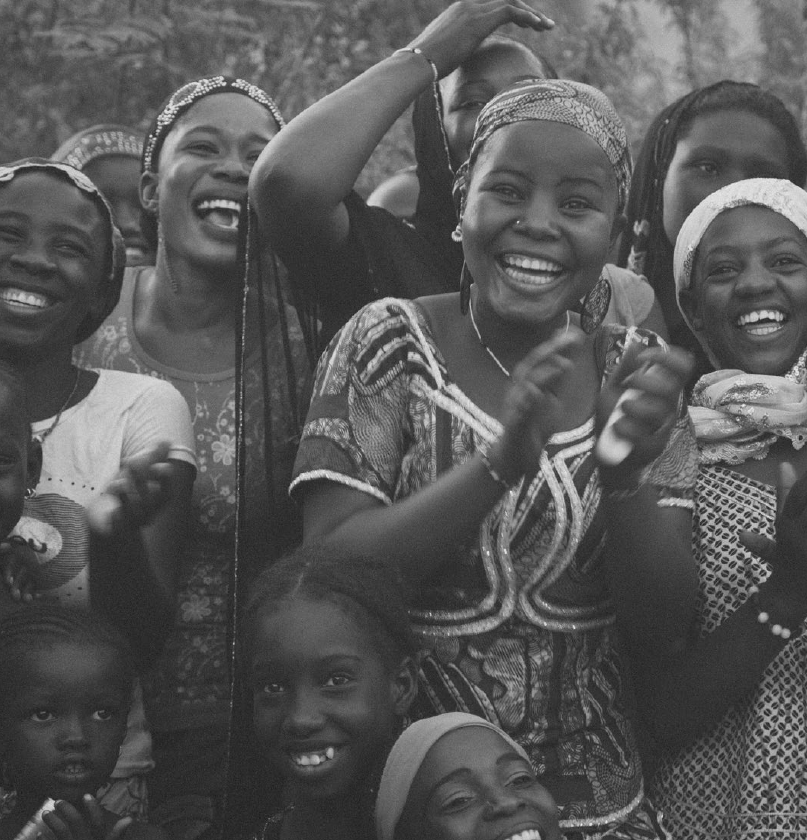What Works to Prevent HIV Among Adolescent Girls? Evidence Brief

In 2015, Dr Emma Fulu was commissioned by UNFPA to develop two evidence briefs, one on preventing HIV among adolescent girls, and another on interventions that work to prevent HIV among sex workers.
The brief What Works to Prevent HIV Among Sex Workers? draws on global evidence to highlight that sex workers face disproportionate HIV risks due to structural vulnerabilities such as criminalisation, violence, stigma, discrimination, and unsafe working environments. Community-empowerment approaches — where sex workers collectively lead outreach, peer education, condom distribution, and access to health and rights services — have the strongest evidence of reducing HIV and STI incidence.
Combination prevention strategies that integrate biomedical, behavioural, and structural interventions also show promise, while interventions such as HIV testing, condom distribution, and biomedical tools (like PrEP) are more effective when paired with broader programming. The brief emphasises that meaningful progress requires addressing human rights, enabling environments, and involving sex workers in the design and implementation of interventions.
The land we live and work on always was, and always will be, Aboriginal land. We pay our respects to the Traditional Custodians of Country throughout Australia and acknowledge the ongoing leadership role of Aboriginal & Torres Strait Islander communities in preventing violence against women. We also acknowledge Traditional Custodians of the lands where EQI works around the world.
Read MoreYou have been logged out.
"*" indicates required fields